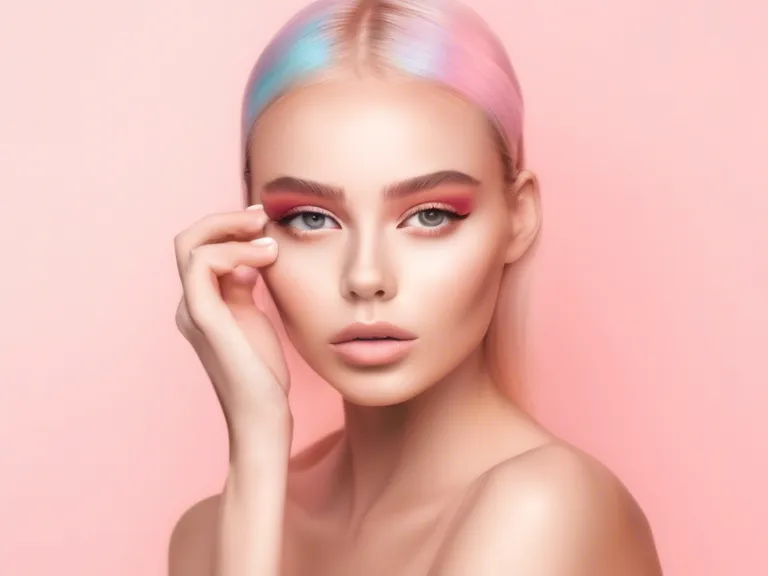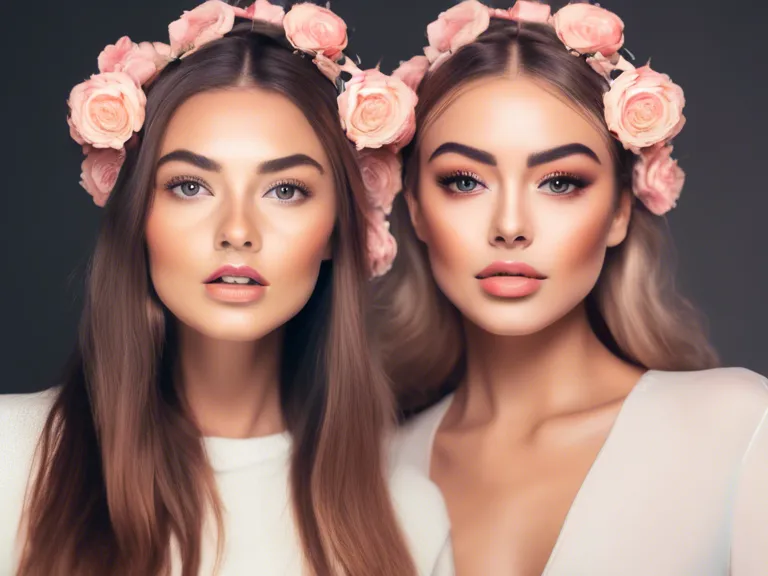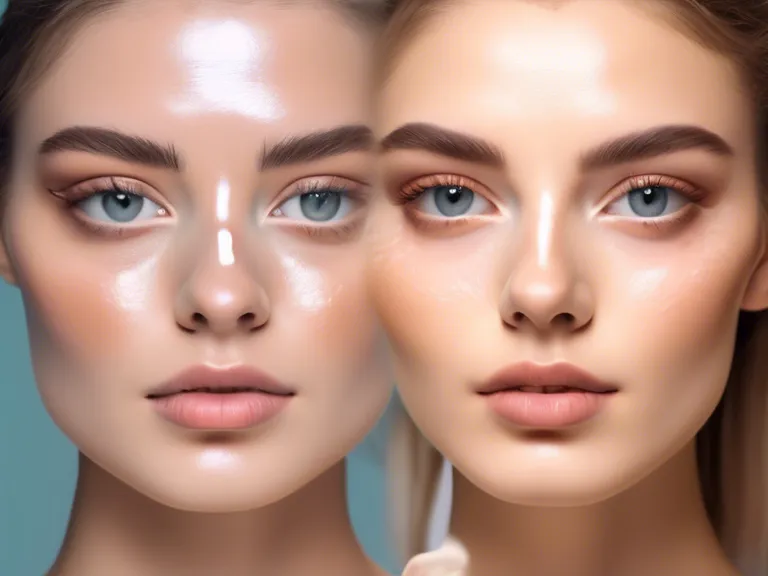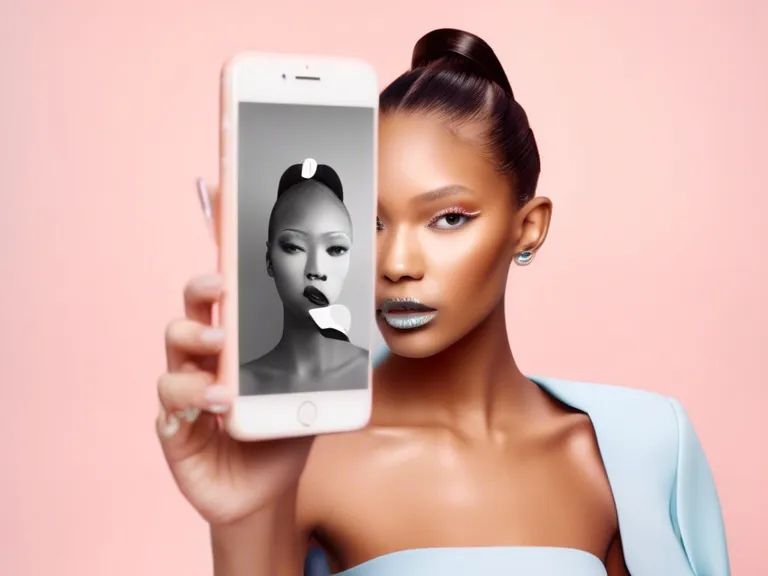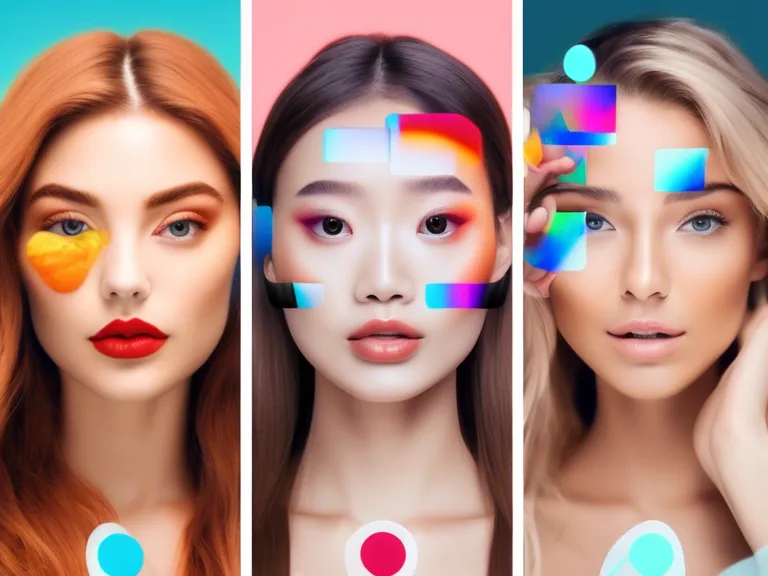
In recent years, augmented reality (AR) filters have gained popularity on social media platforms like Instagram and Snapchat, allowing users to enhance their photos and videos with various digital effects. These filters have become a staple in the social media landscape, with users constantly looking for new ways to express themselves and engage with their followers. But what's next for augmented reality in social media? Enter Beauty Filters 2.0.
While the first generation of beauty filters focused on smoothing out imperfections and adding makeup effects, Beauty Filters 2.0 are taking things to the next level. These filters go beyond just enhancing a user's appearance – they provide an entire virtual makeover, allowing users to experiment with different hairstyles, try on virtual accessories, and even change their hair color in real-time.
With the rise of influencer culture and the pressure to constantly curate a perfect online image, Beauty Filters 2.0 offer users a fun and creative way to play with their appearance without the commitment of actually changing their look. From trying out bold new makeup looks to testing out trendy hairstyles, these filters give users the freedom to express themselves in ways they may not be able to in real life.
But Beauty Filters 2.0 aren't just about aesthetics – they also have the potential to revolutionize the way we shop for beauty products. Brands can use these filters to showcase their products in action, allowing users to virtually try on makeup and accessories before making a purchase. This interactive shopping experience not only increases engagement with consumers but also helps drive sales for beauty brands.
As social media continues to evolve, we can expect to see even more innovative uses of augmented reality in the beauty industry. From personalized skincare recommendations based on skin analysis to virtual beauty consultations with experts, the possibilities are endless. Beauty Filters 2.0 are just the beginning of what's to come for AR in social media.
